The VSC light, or Vehicle Stability Control light, is an essential indicator in modern vehicles. It is typically displayed on the dashboard as a car icon with wavy lines underneath it. The purpose of this light is to alert drivers to potential stability issues, which may arise from various driving conditions or vehicle malfunctions. Understanding what the VSC light means and knowing how to respond can prevent more significant issues down the road. This article will explain the function of the VSC light, common causes for its illumination, and steps to take when it appears.
Understanding Vehicle Stability Control
1. The Role of Vehicle Stability Control
Vehicle Stability Control (VSC) is a safety system designed to improve your vehicle’s stability while driving. It helps prevent skidding or loss of traction during challenging conditions such as rain, mud, or snow. When the system detects that the vehicle is losing traction, it can apply brakes to individual wheels or reduce engine power to help regain control. This proactive measure significantly reduces the chances of losing control or experiencing accidents.
2. How VSC Works
The VSC system relies on various sensors to monitor the vehicle’s stability. It continuously checks parameters like wheel speed, steering angle, and lateral acceleration. When it detects discrepancies, such as wheel spin or excessive oversteering, the VSC light may illuminate on the dashboard. This serves as an alert for the driver to take note of the situation. The technology behind VSC systems has evolved over the years, helping to enhance safety on the road.
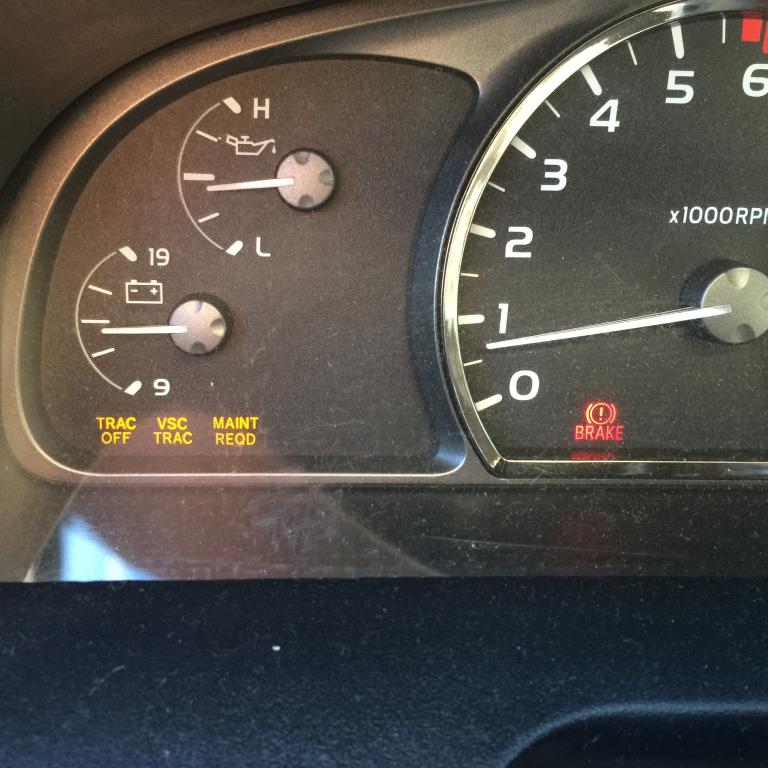
3. Benefits of Having VSC
The existence of a Vehicle Stability Control system offers numerous benefits. First and foremost, it enhances safety by reducing the likelihood of skidding and rollovers. It is especially helpful in slippery conditions where the risk of accidents increases. Additionally, VSC systems can provide peace of mind to drivers, knowing that their vehicle has built-in measures to assist them in maintaining control. Regular drivability can also boost the vehicle’s overall performance and handling, further enhancing the driving experience.
What Does the VSC Light Indicate?
1. Warning Sign of Issues
When the VSC light illuminates, it serves as a warning sign indicating that there is an issue with the stability control system or a related component. Continuous illumination of the light could mean that the system is actively compensating for traction loss or operating in a reduced capacity. However, a flashing VSC light during slippery conditions suggests that the system is in action, actively attempting to stabilize the vehicle. Recognizing the difference between these signals is vital for safe driving.
2. Potential Causes for Illumination
Several factors can trigger the VSC light to illuminate. Some common causes include low tire pressure, which can affect traction, or wheel misalignment, which may also impact stability. Additionally, an issue with the anti-lock braking system (ABS) can lead to the VSC light coming on. If the traction control system detects that one or more wheels are spinning, it may also activate the VSC light as a precautionary measure. Each of these issues may require different troubleshooting and solutions.
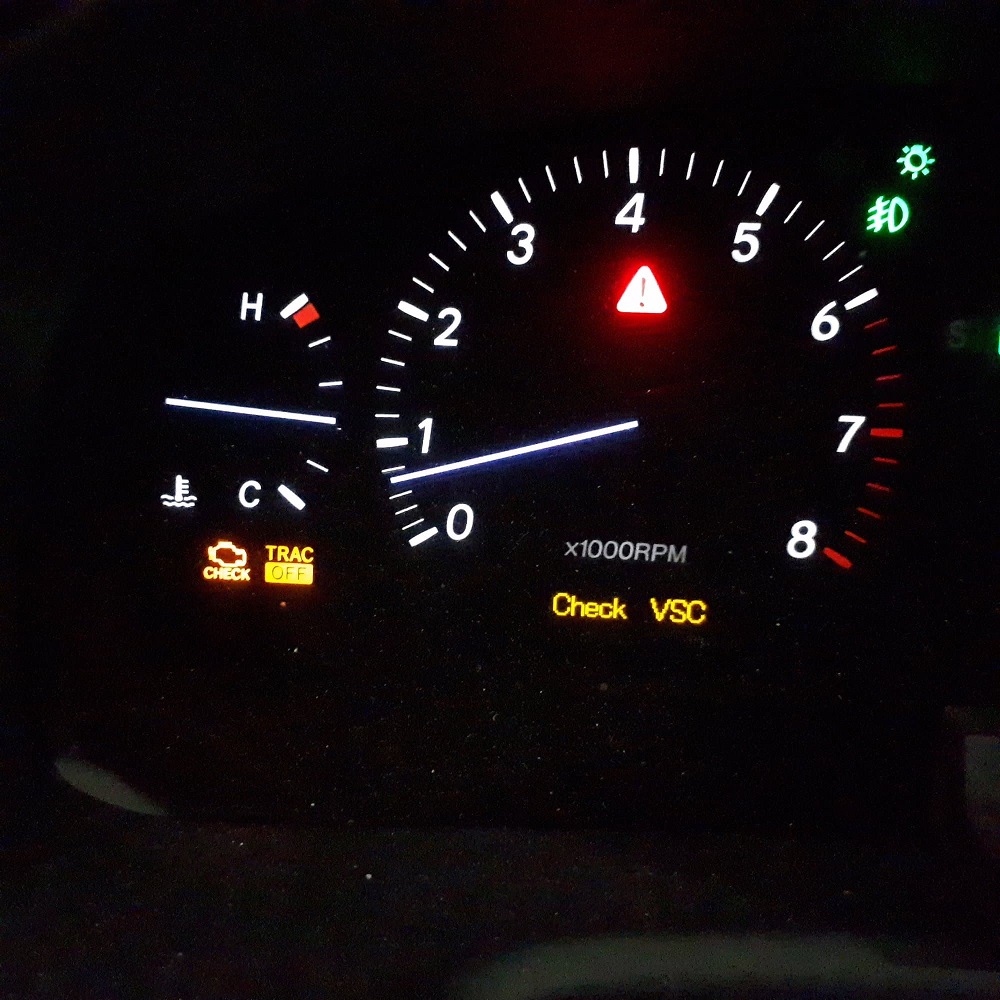
3. Differentiating from Other Dashboard Lights
It is essential to differentiate the VSC light from other dashboard indicators. The check engine light, for instance, warns of various engine-related issues, while the ABS light specifically focuses on the anti-lock braking system. Understanding these distinctions is vital for properly addressing any issues that arise. If the VSC light appears alongside other warning lights, it’s an indication that a more comprehensive diagnostic approach may be necessary.
Steps to Take When the VSC Light Illuminates
1. Assess Driving Conditions
When the VSC light comes on during driving, the first step is to assess the current driving conditions. If you are driving on wet or slippery roads, keep a safe distance from other vehicles and proceed with caution. Gradually reduce your speed and avoid sudden maneuvers that could exacerbate instability. Understanding the context of the VSC light will help you manage your vehicle more effectively while keeping safety in mind.
2. Check Tire Pressure and Condition
After assessing driving conditions, check your vehicle’s tire pressure and overall condition. Low tire pressure can trigger the VSC light, and ensuring they are inflated to the recommended level is crucial. Inspect your tires for uneven wear or signs of damage, such as cracks or bulges. If you find anything concerning, take the time to address those issues. Maintaining proper tire pressure and condition is essential for optimal traction and stability on the road.
3. Restart Your Vehicle
If the VSC light illuminates but you have not noticed any significant issues with driving conditions or tire health, consider restarting your vehicle. Sometimes, electronic systems can reset themselves with a simple restart. After turning off the engine, wait for a minute before starting it again. If the VSC light does not turn off after restarting, it may indicate a more significant issue requiring attention.
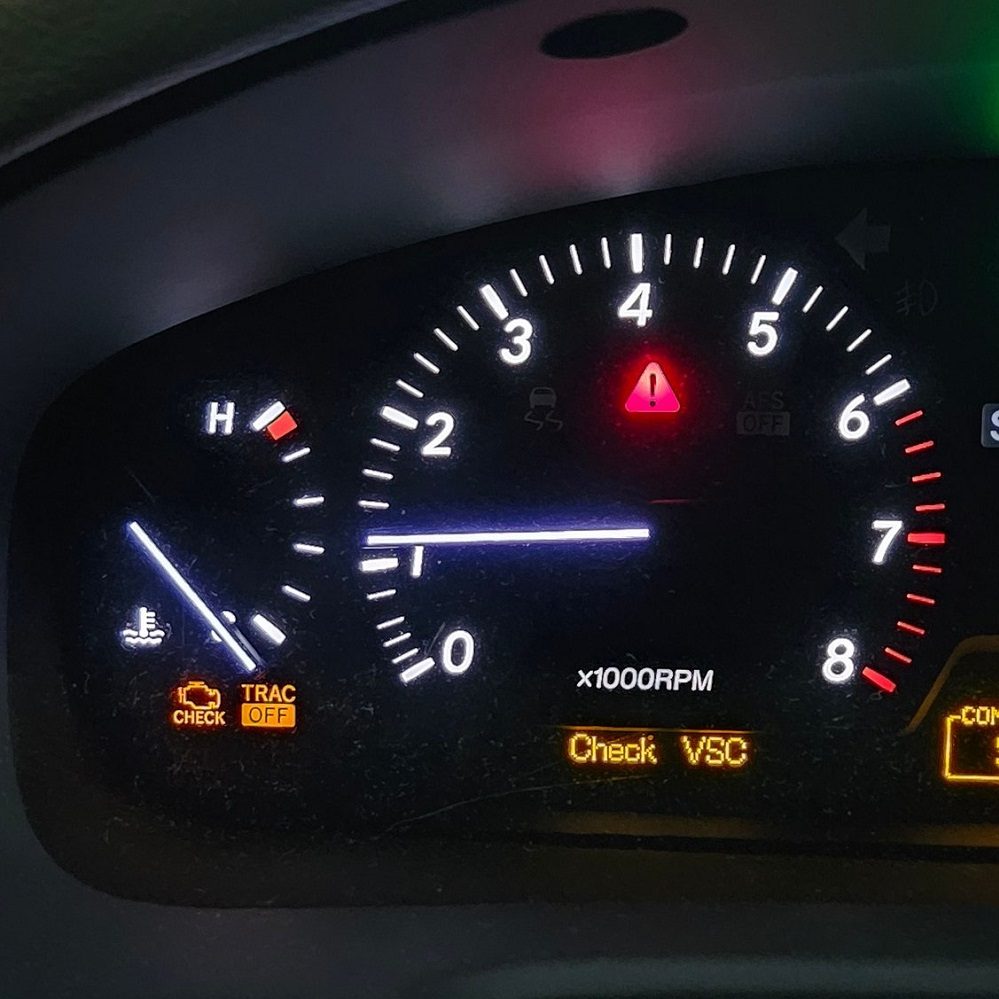
When to Seek Professional Help
1. Persistent Warning Light
If the VSC light remains illuminated after taking preliminary steps, seek professional help. A persistent warning light could indicate a malfunction within the VSC system or another underlying issue. Do not ignore this warning, as it could compromise your vehicle’s handling and safety. Identifying and addressing the problem early can prevent potential accidents or costly repairs later.
2. Unusual Vehicle Behavior
Pay attention to any unusual behavior from your vehicle when the VSC light is on. If you notice symptoms such as difficulty steering, loss of traction, or any changes in braking performance, seek assistance immediately. These issues may be connected to the VSC system or related components and require thorough diagnostics from a qualified mechanic. Addressing these problems promptly is essential to maintaining your vehicle’s safety and performance.
3. Routine Maintenance Checks
Incorporating regular maintenance checks into your routine can help prevent issues that trigger the VSC light. Consider having your vehicle inspected by a professional mechanic periodically. Include checks for brake systems, tire health, and alignment. Staying proactive about maintenance ensures that any potential issues are identified and addressed before they lead to warning lights illuminating on your dashboard. Keeping up with routine maintenance is an excellent way to enhance vehicle reliability.
Educating Young Drivers
1. Importance of Driver Education
It’s essential to educate young or novice drivers about the functions of dashboard lights, including the VSC light. Many new drivers may not fully understand what various indicators mean, potentially leading to panic or confusion when a warning light appears. Incorporating discussions about dashboard symbols during driver education classes can equip young drivers with the knowledge they need. They’ll learn what specific lights indicate and how to respond, fostering a safer driving environment. Understanding car systems helps drivers develop a stronger relationship with their vehicles and promotes responsible driving habits.
2. Practicing Safe Responses
Young drivers should practice safe responses to dashboard warnings in a controlled setting. Parents or experienced drivers can teach them how to respond calmly when lights turn on. Utilizing practical scenarios, such as practicing how to pull over safely and assess the situation, can instill good habits. Stressing the importance of not driving recklessly when a warning light appears ensures that they understand the gravity of such alerts. This practice not only builds confidence but also helps young drivers make informed decisions in urgent situations.
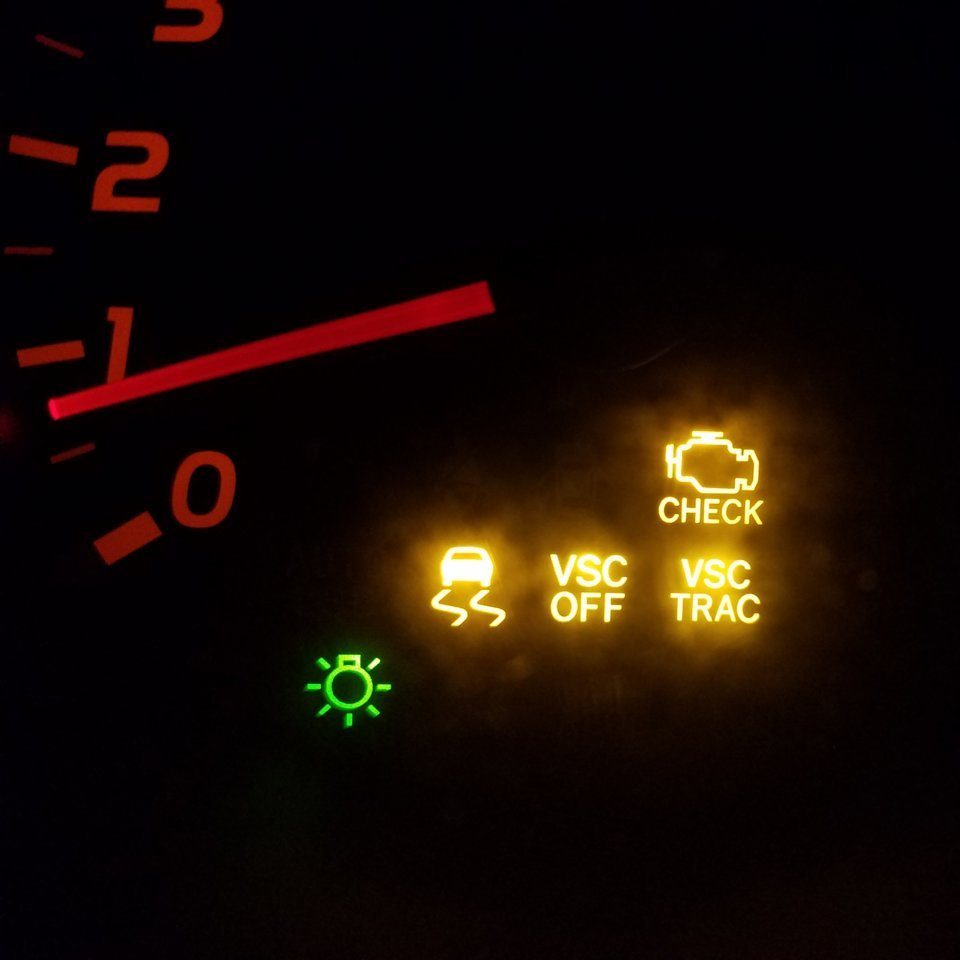
3. Creating a Good Habit
Enabling young drivers to take dashboard management seriously creates lifelong good habits. Encouraging them to regularly check the dashboard for warning lights before each drive fosters additional awareness and responsibility. Moreover, keeping up with routine vehicle maintenance and familiarizing themselves with car manuals will ensure they know what to do when something goes awry. As they graduate into seasoned drivers, their understanding and preparedness will greatly enhance their confidence and the overall safety of everyone on the road.
The Future of Vehicle Safety Technology
1. Advancements in Stability Control Systems
The future of vehicle safety technology looks promising, with ongoing advancements in systems like Vehicle Stability Control. Automakers are utilizing artificial intelligence and machine learning to enhance responsiveness and effectiveness in stability control systems. More sophisticated algorithms can predict when stability issues are likely to occur, allowing the system to engage proactively. This enhancement will provide drivers with an extra layer of safety, especially in adverse weather conditions or challenging terrains.
2. Integration with Smart Technologies
As vehicles become smarter and more connected, VSC systems are likely to integrate with advanced driver-assistance systems (ADAS). This integration could enhance overall vehicle stability by centralizing data from multiple sensors, allowing the vehicle to make real-time adjustments. Features such as lane-keeping assist, adaptive cruise control, and collision avoidance can work together with VSC to provide a safer driving experience. Such advancements represent a significant evolution in how vehicles manage stability, aiming to prevent accidents before they occur.
3. Focus on User Education
With the evolution of vehicle safety technologies, there will also be an increased focus on user education. Understanding these advanced features will be crucial for drivers to maximize their benefits. Manufacturers may implement training programs or resources to educate drivers on how new technologies work and how they can improve overall vehicle handling. This emphasis on understanding technology will not only enhance driver confidence but also encourage the responsible and effective use of vehicle safety features.
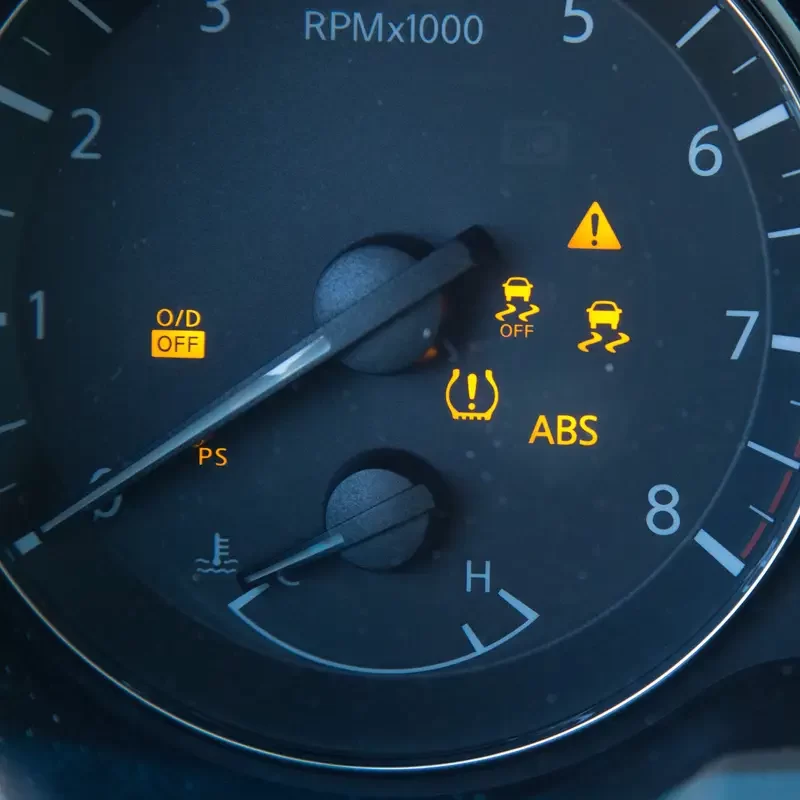
Conclusion
The VSC light serves as a crucial indicator in maintaining the safety and performance of a vehicle. By understanding its significance and the steps to take when it illuminates, drivers can ensure they are proactive in managing their vehicles. From educating young drivers to embracing new technological advancements, awareness and preparedness are key.
As the automotive industry continues to evolve, the focus on safety measures will undoubtedly grow. Next time the VSC light appears, remember the importance of assessing driving conditions, checking your vehicle’s systems, and seeking professional assistance when necessary. Knowledge is power, and by keeping informed about vehicle technology and maintenance, you can enhance your driving experience.
Ultimately, prioritizing vehicle upkeep and understanding dashboard warnings will lead to safer roads for everyone. Embrace this knowledge, make responsible choices, and enjoy your journey, knowing that you are well-equipped to handle any situation that arises. With every drive, take the opportunity to be a vigilant and informed driver, contributing to a safer driving community.